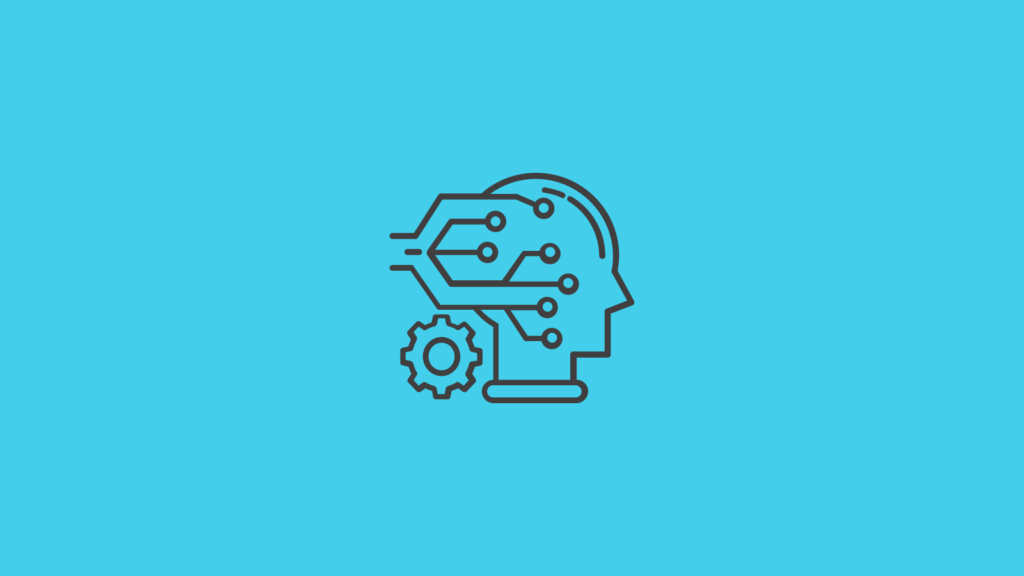Artificial Intelligence and Machine Learning: Common Challenges
Artificial Intelligence (AI) and Machine Learning (ML) are two buzzwords that dominate discussions nowadays.
These technologies are more than just catchphrases; they reshape hub industries like retail, healthcare, and finance.
Yet, despite their prominence, there is considerable uncertainty regarding what they signify and how they vary.
Chapters
Artificial Intelligence: What Is It?

Artificial Intelligence (AI) is like teaching a computer to think and make decisions like a human.
Imagine you have a robot friend who can learn from their experiences, solve puzzles, and even understand and speak your language. That’s what AI aims to achieve.
It’s not just about programming a computer to follow instructions.
It’s about enabling the computer to figure things out on its own, adapt to new situations, and improve over time, just like you do when you learn something new.
As generative AI tools increase, they will become more involved in our daily life, and businesses in every industry are investing in it.
Because of this, AI/ML services are appearing on the market, constantly trying to reduce risks, which we will discuss in more detail below.
Machine Learning: What Is It?
Machine learning is a special part of artificial intelligence that teaches computers to learn from data to make decisions or predictions.
Imagine if you could teach your computer to recognize your handwriting or to suggest what you should buy next online based on your shopping history. That’s what machine learning does.
It’s like giving a computer a huge puzzle, but instead of giving it every piece, you teach it to recognize and place pieces over time.
The amount and complexity of data we’re witnessing these days is more than the human mind can comprehend, which raises both the necessity and the promise of machine learning.
Challenges of Using AI and ML

Adopting artificial intelligence and machine learning technologies presents several key challenges that organizations must consider.
Data Quality and Bias
One major challenge is ensuring access to high-quality, unbiased data to train AI/ML models.
If the training data incorporates biases or fails to represent certain groups, the models can shift and even amplify those biases.
Poor data curation can lead to inaccurate or misleading outputs.
Organizations must carefully evaluate data selection and preprocessing to minimize unintended discrimination. To deepen your understanding of how these challenges are navigated within specific AI disciplines, explore the essentials of natural language processing, a core component of AI striving for accurate and unbiased language comprehension and generation
Interpretability and Explainability
Many advanced AI/ML techniques act as “black boxes,” making it difficult to understand the reasoning behind their outputs.
This lack of model interpretability and explainability presents challenges for organizational adoption, especially in sensitive domains like finance and healthcare.
Organizations must be more confident to trust model outputs that cannot be adequately interpreted and explained.
Advances in model auditing and standards for explainable AI are needed.
Security and Privacy Risks
The data-intensive nature of AI/ML also introduces new cybersecurity and privacy risks. Sensitive customer data can be vulnerable to processing, storage, and transmission breaches.
Well-publicized failures like the illicit use of facial recognition underline concerns over individual privacy.
Addressing these critical trust and transparency issues is essential as AI/ML becomes more widespread.
High Resource Requirements
Implementing enterprise-grade AI/ML requires access to computational resources like high-performance cloud computing, state-of-the-art hardware, and advanced tools.
The specialized talent needed to build, deploy, and maintain complex models properly can also be scarce and expensive.
For many organizations, the resource demands pose a challenge, motivating interest in automated machine learning to open AI to a broader range of users.
Potential Job Displacement
The biggest concern is the risk that AI/MM automation will displace many human roles and jobs, as statistics show.
By automating complex cognitive and analytical tasks, these technologies have the potential to disrupt industries and labor markets fundamentally.
Managing this employment impact responsibly while capturing benefits will be a delicate balancing act for policymakers and shareholders.
Overcoming these obstacles requires collaboration between technology leaders, domain experts, ethicists, regulators, and civil society organizations.
A thoughtful, comprehensive approach can help tap AI’s promise while mitigating its pitfalls.
Anyone interested in exploring these revolutionary technologies must thoroughly understand the difficulties associated with artificial intelligence and machine learning.
The success of your initiatives may be significantly impacted by understanding when to apply AI or ML, regardless of your background in technology.
Conclusion
In conclusion, the transformative power of Artificial Intelligence (AI) and Machine Learning (ML) in reshaping various industries is undeniable. However, the widespread adoption of these technologies comes with a set of common challenges that organizations must navigate.
The first challenge lies in ensuring the quality and impartiality of the data used to train AI/ML models. Biases in the data can lead to skewed outputs, emphasizing the need for meticulous data curation to avoid unintended discrimination. Additionally, the interpretability and explainability of advanced AI/ML models pose hurdles, especially in sensitive domains like finance and healthcare. The opaque nature of these “black box” models demands advancements in auditing and standards for explainable AI.
Moreover, the data-intensive nature of AI/ML introduces cybersecurity and privacy risks, emphasizing the need for robust measures to protect sensitive customer data. The high resource requirements for implementing enterprise-grade AI/ML, including computational resources and specialized talent, present another significant challenge for many organizations. This has sparked interest in automated machine learning to make AI more accessible.
Perhaps the most pressing concern is the potential displacement of human jobs due to AI/ML automation. Striking a balance between harnessing the benefits of automation and responsibly managing its impact on employment requires collaborative efforts from technology leaders, ethicists, regulators, and civil society organizations.
In essence, addressing these challenges demands a thoughtful and comprehensive approach to unlock the full potential of AI while mitigating its risks. The collaboration of various stakeholders is crucial to ensure the responsible and ethical integration of AI and ML into our daily lives and industries.
Improve your Marketing with the Power of AI
See how you can start with AI Marketing and reach your goals faster than ever before. Check out the Tips, Strategies, AI Tools, Masterclass, Courses, and Community. Unleash the true potential of your brand with the help of AI.